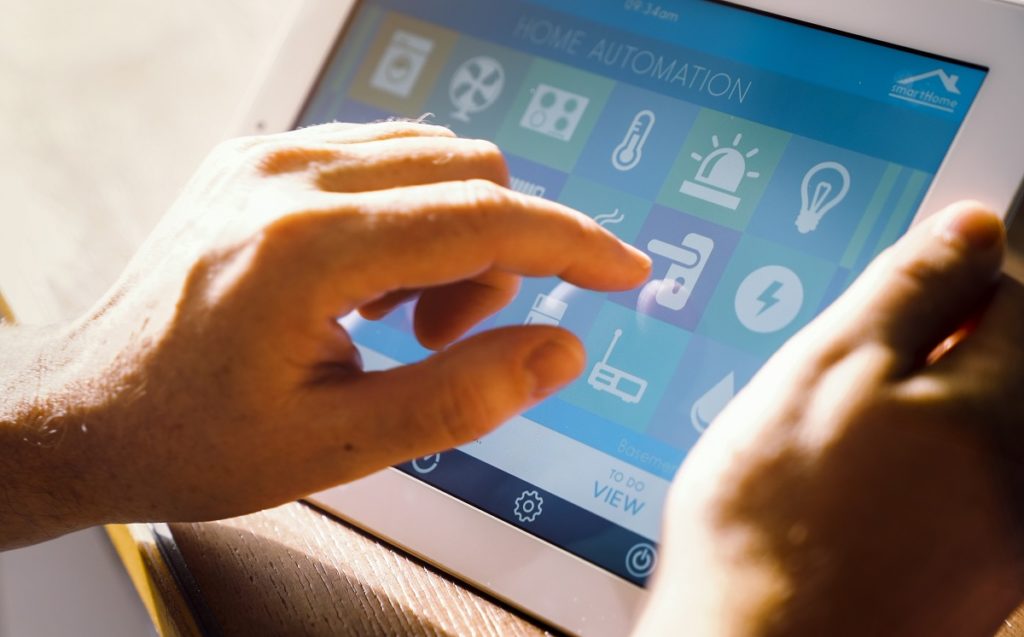In busy working environments such as in retail stores, efficiency is key to getting tasks done right the first time. From simple solutions like investing in the right barcode printer to significant changes such as facilitating training programs for your employees, these traditional workplace efficiency practices will help your retail business thrive in the changing times:
Hire the Right People
Your workforce is the foundation of your business’ growth and success. Without a quality core team, you will find it challenging to provide seamless customer experiences and build a good brand reputation. This is why it’s crucial to hire the right people.
But how do you know if a person is right for the job? For American businessman Bruce Nordstrom, employers must hire for attitude and train for skill. Retail workers must have the natural desire to help others, know how to empathize with people, have patience, and be resilient. As for the skills, flexibility is essential, especially since we’re in an age when the retail industry is transitioning from bricks and mortar to e-commerce sites.
Workers also need to learn upselling. When the modern consumer can quickly gain knowledge about a specific product through online research, upselling will help a salesperson close a sale and even convince the customer to purchase more expensive items to maximize profit.
Invest in the Right Equipment
If you own a small retail store, you might see some equipment, such as barcode printers or point of sale (POS) systems, as unnecessary expenditures. After all, writing down every item that gets sold at your store is a no brainer, and the notebooks and pens don’t cost much compared to label printing machines. But is your current setup helping to boost your sales or your staff’s productivity?
In any workplace, it is vital to invest in the right equipment and make the most of your workforce. With an upgraded inventory and sales tracking system, you can cut down on the amount of time and energy wasted on manual data entry. Don’t be afraid to invest in the right equipment, like security cameras, indoor signs, and other retail store essentials, if that means you’re making work easier for your staff.
Strive for Continuous Improvement

Your efforts to maximize your workforce must not stop with on-boarding and initial training. Make it a point to implement training programs as needed to improve knowledge retention. It helps to get to know your employees better, see which method works best for them, and then tailor your approach to see better results.
Remember also to use a mix of learning materials and methods. Since humans are visual learners, use infographics or put images and videos in your presentations. If you’re pressed for time (and rightly so because retail stores are almost always busy), you can opt for modules that your employees can take home, and then conduct exercises to test their abilities.
With the combination of the right people and equipment, plus a never-ending desire for continuous improvement, you are well on your way to achieving your business goals and thriving in the changing retail industry.

